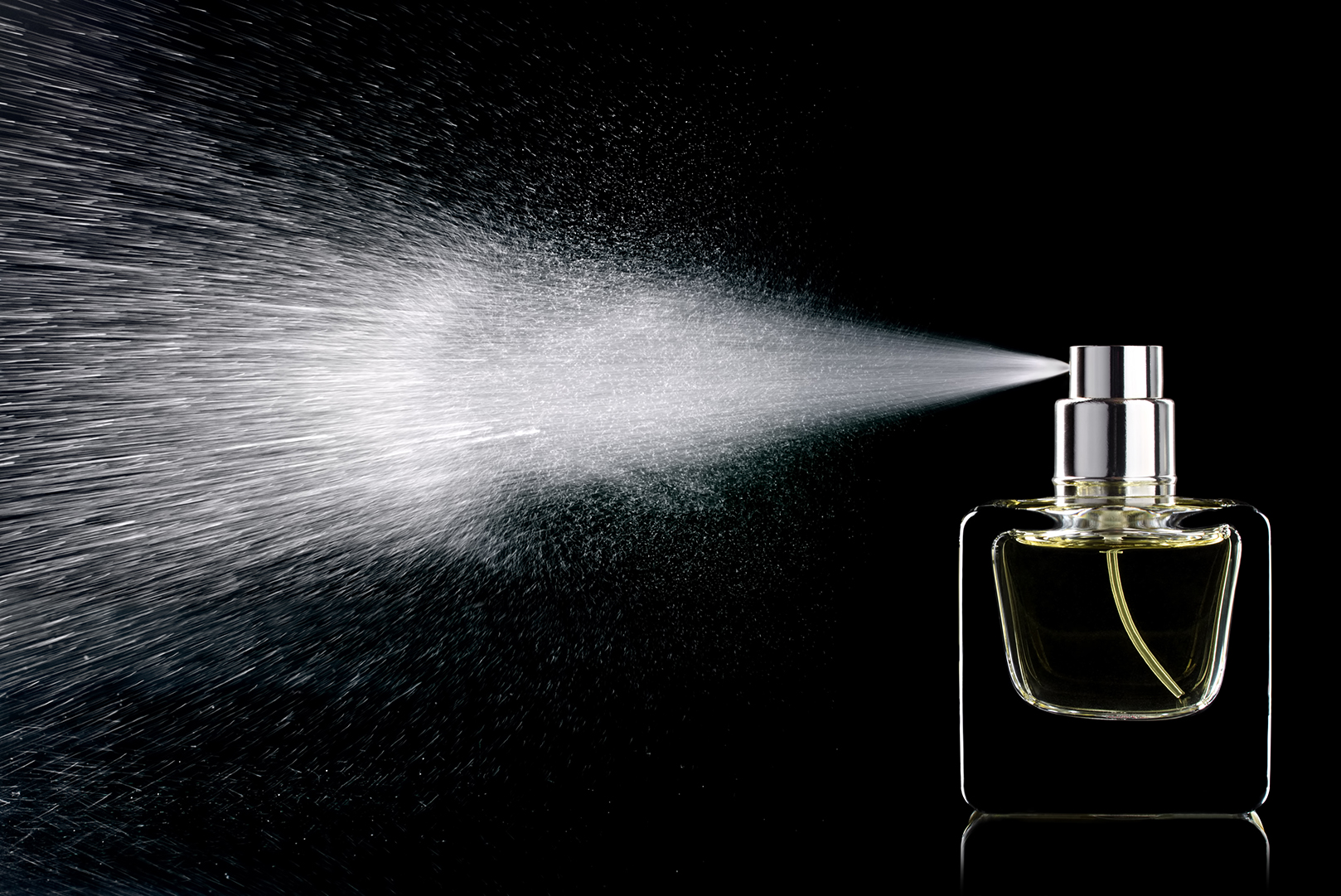
Health & Medicine
False labelling hides the truth about superfoods

The smells we put in everything from air fresheners to household cleaners are making a third of us feel sick, but there are no regulations for labelling the harmful chemicals they use
Published 3 March 2017
As you enter the bathroom at work you might hear the faint “pfffft” from the automatic air freshener and think nothing of it. But many will brace for the mist of chemically fragranced droplets sent floating over us – chemicals that are making people sick.
New research from the University of Melbourne shows that one in three Australians report health problems, including migraine headaches and asthma attacks, when they are exposed to common fragranced consumer products such as air fresheners, cleaning products, laundry supplies, and personal care products.
The Australian-first research found that based on a nationally representative population survey using a random sample of 1098 people, some 33 per cent reported health problems such as migraine headaches, asthma attacks, rashes, dizziness, and breathing difficulties when exposed to fragranced products.

The research was conducted by Anne Steinemann, Professor of Civil Engineering and Chair of Sustainable Cities at the University of Melbourne School of Engineering, using a large, web-based panel held by Survey Sampling International. The results have been published in the journal Preventive Medicine Reports.
Professor Steinemann is a world expert on environmental pollutants, air quality, and health effects.
“This is an epidemic. Fragranced products are creating health problems and the effects can be immediate, severe and potentially disabling,” Professor Steinemann says.
“It’s also resulting in lost workdays and jobs, and restricted access in society,” she says.

Health & Medicine
False labelling hides the truth about superfoods
Her study found 7.7 per cent of Australians said they had lost workdays or a job in the past year due to illness caused by fragranced products in the workplace, and 11.6 per cent of Australians were unable to use a public toilet if there is an air freshener.
Professor Steinemann’s research has found that common fragranced products – including air fresheners, laundry products, cleaners and personal care products including soap and shampoo – can both contain hazardous pollutants and generate hazardous pollutants, such as formaldehyde and potential carcinogens, through chemical reactions with ozone in normal use.
Professor Steinemann says there is also an issue when it comes to involuntary exposure to these fragranced products.
“I call it the problem of second-hand scents,” she says.
“It has parallels with second-hand tobacco smoke but it’s much more complicated because fragrance is everywhere, in so many products.”
It is not the first time Professor Steinemann’s research has found that people say they have fallen ill after exposure to common fragranced products.
The results of her Australian study mirrored those from similar research she conducted in the United States in 2016, where 34.7 per cent of Americans say they experienced health problems when exposed to fragranced products.
“The same research conducted in two different countries found remarkably similar results,” Professor Steinemann says. “I’m now doing the same study in the UK and seeing similar figures.”
Professor Steinemann says there are no regulatory requirements that all the ingredients in a fragranced consumer product be disclosed on the product label or safety data sheet.

Business & Economics
Finance + Psychology: Finding a way to fight obesity
Almost half of Australians are not aware that a ‘fragrance’ in a product is typically a chemical mixture of several dozen to several hundred chemicals, according to her study. But none of these chemicals in a ‘fragrance’ mixture need to be disclosed.
Many people use fragranced products in the belief that they are improving air quality. Professor Steinemann says the opposite is true.
“A fragrance in a product is not intended to clean the air or reduce air pollutants. In fact, fragranced products emit a complex mixture of chemical pollutants, so the air quality is actually worse.”
She says people who try to avoid risks by choosing products labelled green or organic could still be exposed to harmful chemicals.
“My previous research has shown that that all types of fragranced products — even ones called ‘green,’ ‘organic,’ and ‘all-natural’ — emitted hazardous air pollutants,” she says. Emissions of carcinogenic hazardous air pollutants from ‘green’ fragranced products were not significantly different from regular fragranced products.
Professor Steinemann is currently conducting research to understand which types of chemicals in fragranced products are associated with the health problems.
She notes that many workplaces and schools now have fragrance-free policies, including the Centres for Disease Control and Prevention in the US, which has banned the use of all scented or fragranced products in any of its buildings.
Professor Steinemann says there are simple and cost-effective alternatives for people wanting to improve the air in their home and workplace.
“You can open windows for fresh air, use products without any kind of fragrance, and switch to the sorts of things our grandparents used, like vinegar and bicarb soda for cleaning.”
Banner Image: Shutterstock